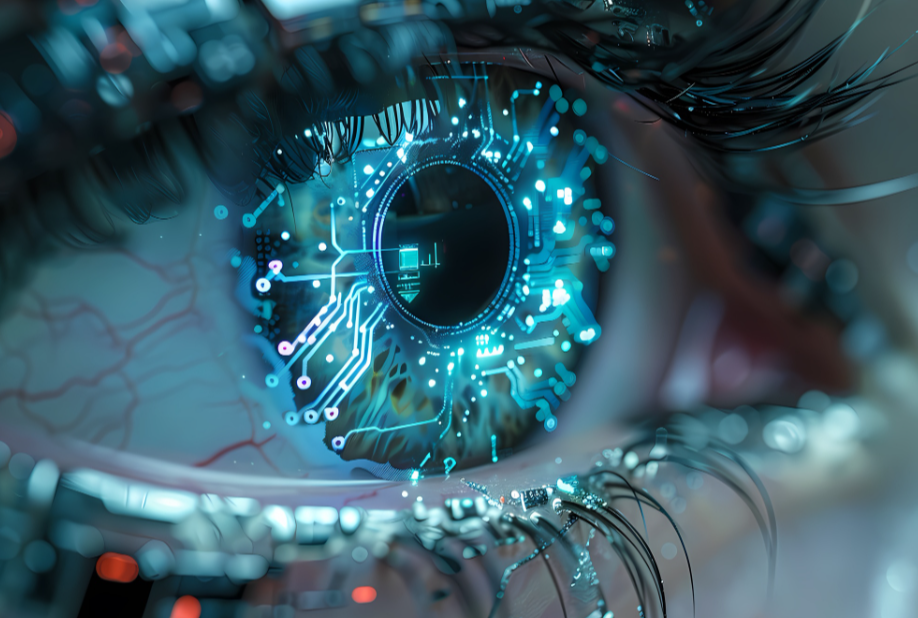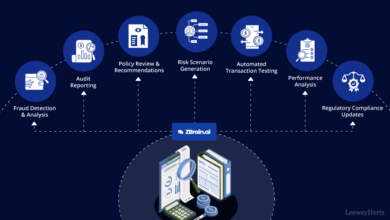
Getting Started with Computer Vision Programming
Computer vision programming is the art and science of enabling computers to interpret and process visual data, such as images and videos. This field powers applications like facial recognition, autonomous vehicles, and quality control systems. In this article, we’ll cover the basics, tools, and steps to start programming in computer vision.
What is Computer Vision Programming?
Computer vision programming involves writing code to enable machines to analyze and understand visual information. It combines image processing, machine learning, and AI to perform tasks like object detection, image classification, and motion tracking.
Key Tools and Languages
Python and OpenCV
Python, paired with OpenCV, is the most popular choice for computer vision due to its simplicity and robust libraries.
TensorFlow and PyTorch
These frameworks support deep learning models for advanced tasks like image recognition.
MATLAB
MATLAB offers tools for rapid prototyping in computer vision projects.
Building Your First Project
- Set Up Environment: Install Python, OpenCV, and necessary libraries.
- Choose a Task: Start with a simple project, like detecting edges in an image.
- Write Code: Use OpenCV to process images and display results.
- Test and Iterate: Refine your code based on output accuracy.
Challenges
Data quality, computational resources, and model training can be hurdles. Start with small datasets and pre-trained models to simplify the process.
See Also: Trends in Communication Technology to Watch This Year
Future Trends
Advancements in AI and edge computing are expanding computer vision’s potential in industries like healthcare and retail.
Conclusion
Computer vision programming opens doors to innovative applications. By learning the right tools and starting small, you can build impactful projects. Dive in and explore this exciting field today.



